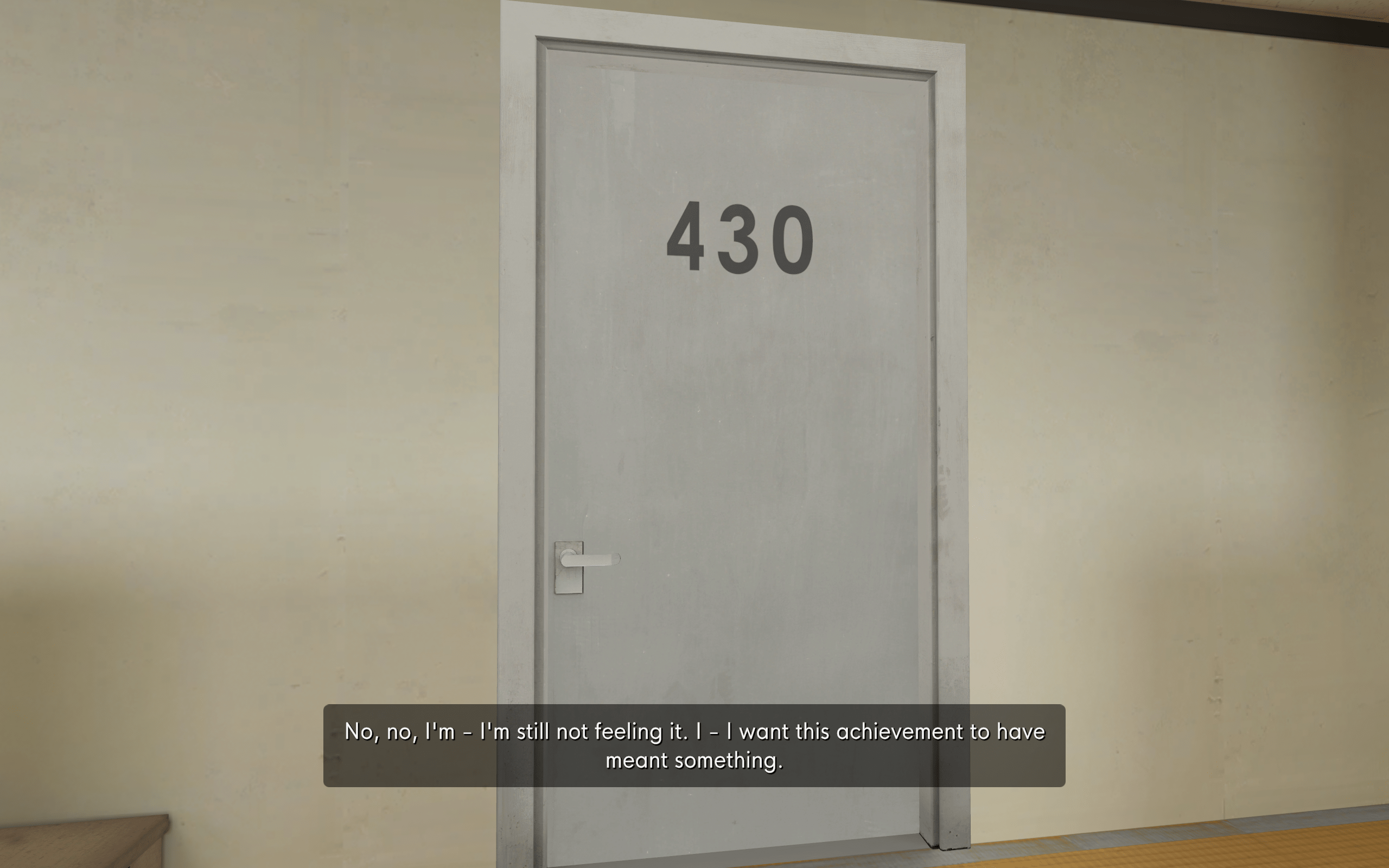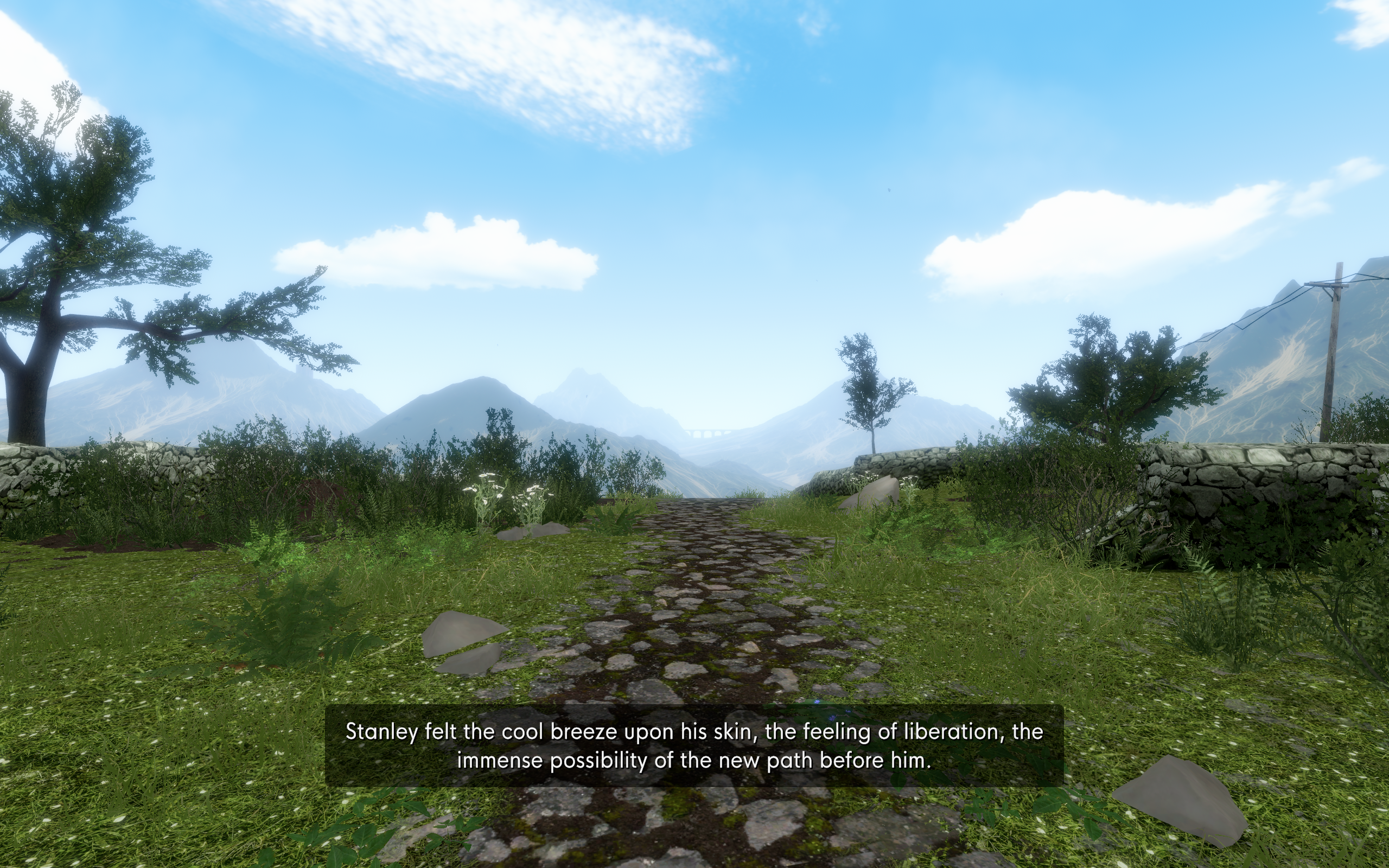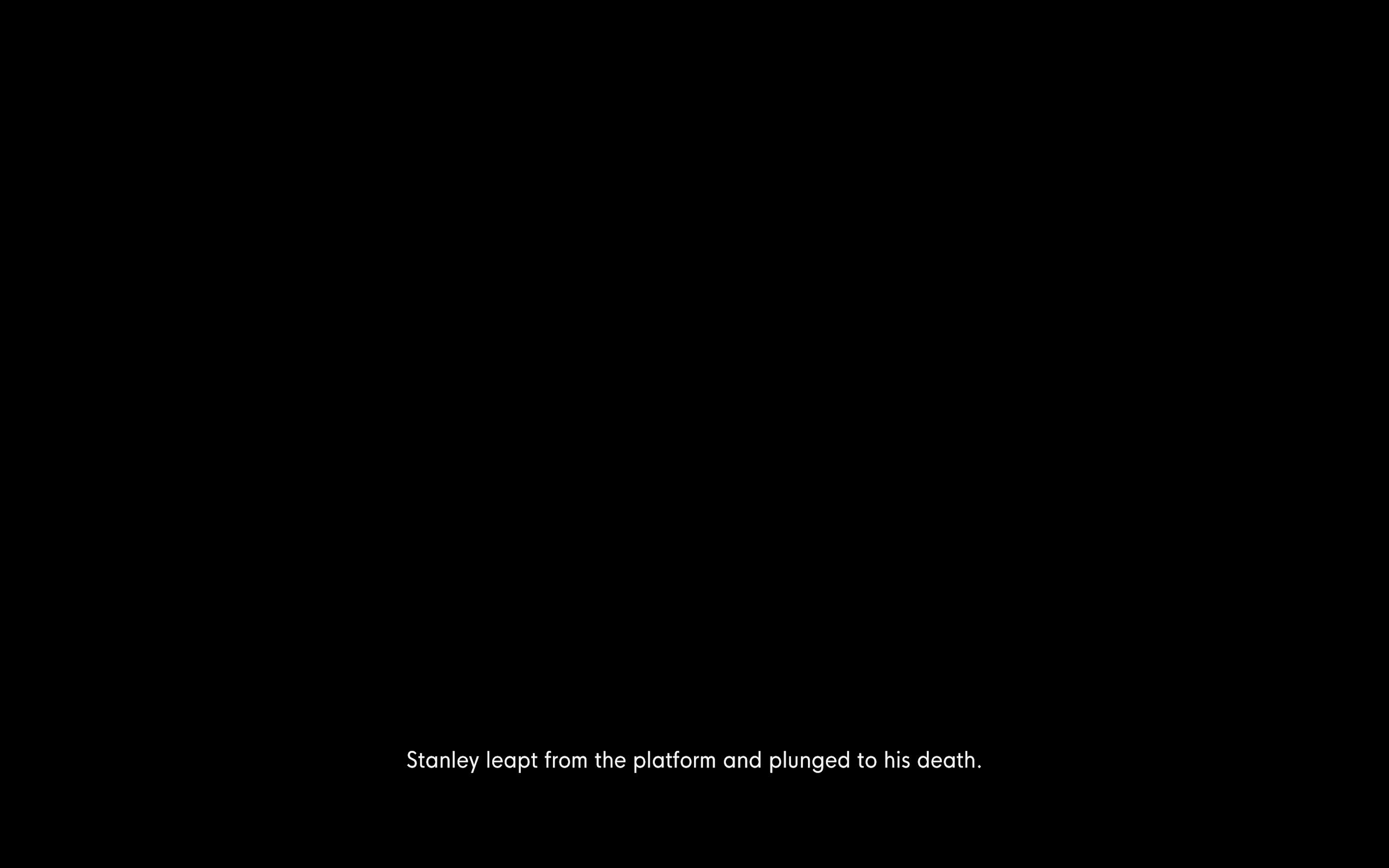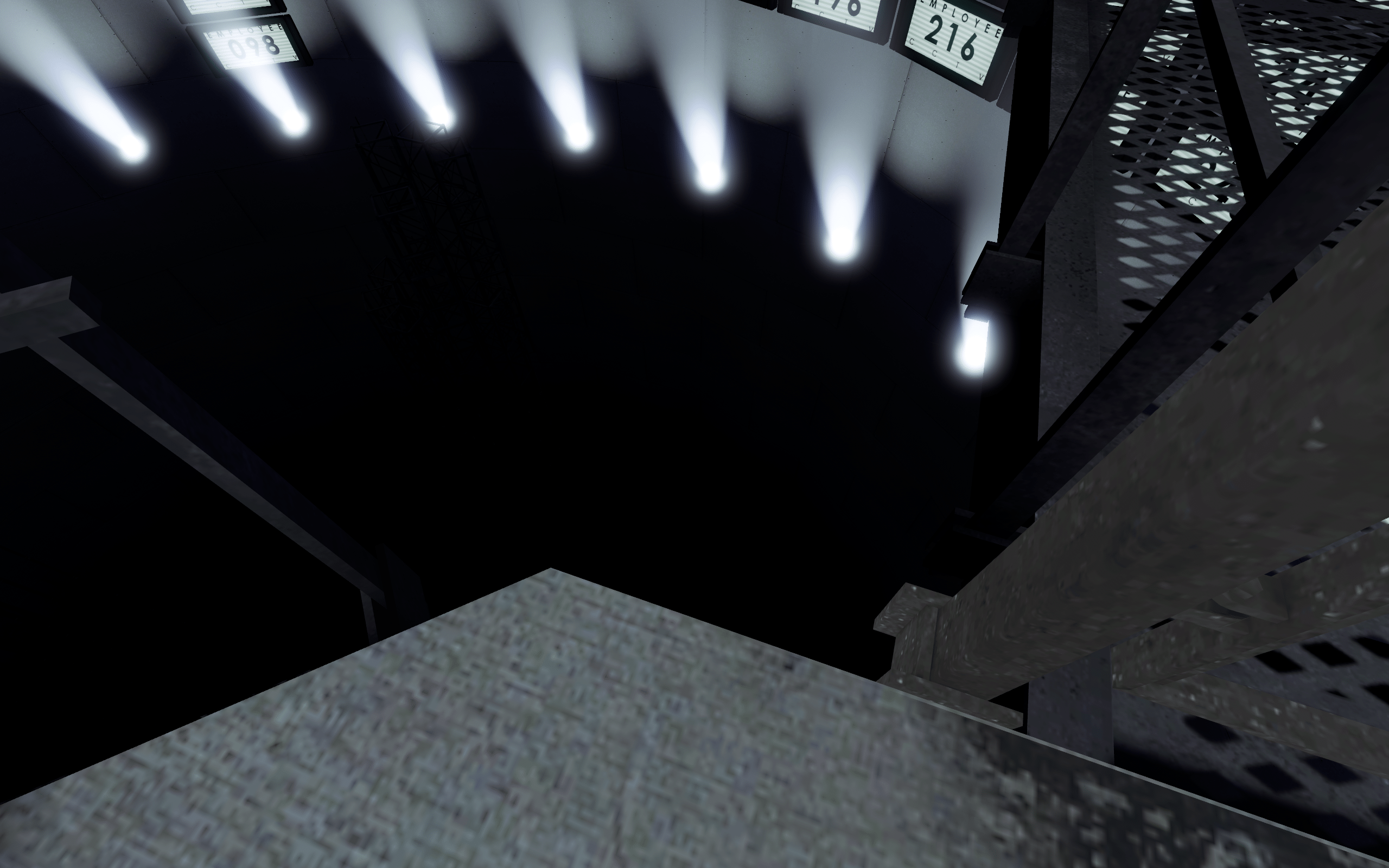The game I played is The Stanley Parable. It was designed by Davey Wreden and William Pugh, developed and published by Galactic Cafe. It was announced and approved on Steam, and was finally released on December 19, 2013.
The target audience is those who enjoy getting to know something new with lower cost, because the operations and movements of the game are easy, while every small little change will lead out to many different plots. The preferred audience is those who have enough time and patience to explore the game and different endings. Yes, the game can reach an end in 30 minutes, but it’s just one round, and there is a lot of hidden story lines and Easter eggs buried in the large setting. Besides, I would say probably 14+ as the age constraint, because I feel the story is quite dark and philosophical. It makes me to think “who am I” when playing, and I let Stanley died several times (unintentionally).
It is clearly a player vs. game type of game. Although I haven’t played to the true true ending of the game, I could feel the narrator may not be “good”.
For example, in the second iteration, I tried to unlock the achievement “8” by only pressing the key 8 in boss’s office. It got wrong several times, but the narrator became more and more impatient. So I continued pressing wrong, the narrator finally “entered” the passcode for me and let me get through.
Another example might be in the third iteration, I tried to unlock the achievement by tapping the doors. However, the narrator let me tap the door 5 times, 10 times, 20 times, 50 times, then tap other doors and other objects… I was forced to go back and forth just to unlock this single achievement, and the narrator sounded contemptuous at the first hundreds of taps.

The game is not zero-sum. I think it’s open-ended, as players can end at any points of the game.
The objective is to figure out the story and find different endings.
The magic circles are the large scenes in the game, as well as the physical laptop that is running the game engine.
The procedures and rules are quite simple. Players either follow or ignore the narrator’s instruction, and explore the scenes to trigger the different stories. Here are the two example endings:


The type of fun intended is exploration. It mixes perfectly well with the walking mechanics. During the very first iteration, I exactly followed the instructions by the narrator. I went to the meeting room, ignoring so many doors and tables with numbers, chose the door on the left, went upstairs, directly went to the boss’ office, pressed buttons as indicated, walked into the mind control center, and stepped out the final opening door to reach the new life.
But then, during the later iterations, I explored. With choosing the direction to walk, different scenes will be rendered. The camera angle is also decided by the player, so even the same scene may be rendered differently. Since even though the narrator sends out instructions, the player decides the behavior of Stanley, I chose to walk around and disobeying the instructions. There are different plots with different choices by rendering different scenes.
Every time walking into something different, there will be something new. This is exactly how to give players exploration as a type of fun.
Something I think is successful is that there are so many hidden stories. Even the pre-game saddens me. Since I separated my time playing, I set up the correct time in the first two trials, so the pre-game narrator appreciated me for doing that. But this narrator said that they was only gathering my data, so they gave me a lot of sliders to fill out. I found one really funny so I screenshot it.

I intentionally quitted and restarted the game to interact with this narrator, but after several rounds, this narrator said they was going to leave and probably would never see me again… I felt really sad about it.
In Stanley Parable, even the pre-game has something interesting. Even though I don’t have time to explore the game in full details, I would imagine there will be much more different and unexpected plots going on.
I don’t think there is any epic fail, but one thing I think the developers need to improve is their programming level. I found moving somehow difficult. In some other games, it was not difficult for me to move around using WASD keys, but for this game, I don’t know why but I always hit into the wall or not seeing things clearly because of the incorrect camera angle. Another thing about programming is indicated in the image shown below. In many scenes, there are gaps large enough for Stanley to move or sneak into, but the game doesn’t support that. I know in game It Takes Two, the models are more delicate, and players can even interact with small gaps such as a hole on a toy bear. So I think in Stanley Parable, they can definitely do better at though programming. For the example in the below image, I think it might make the game better (or more tragic) if Stanley dies when jumping off this deck.



